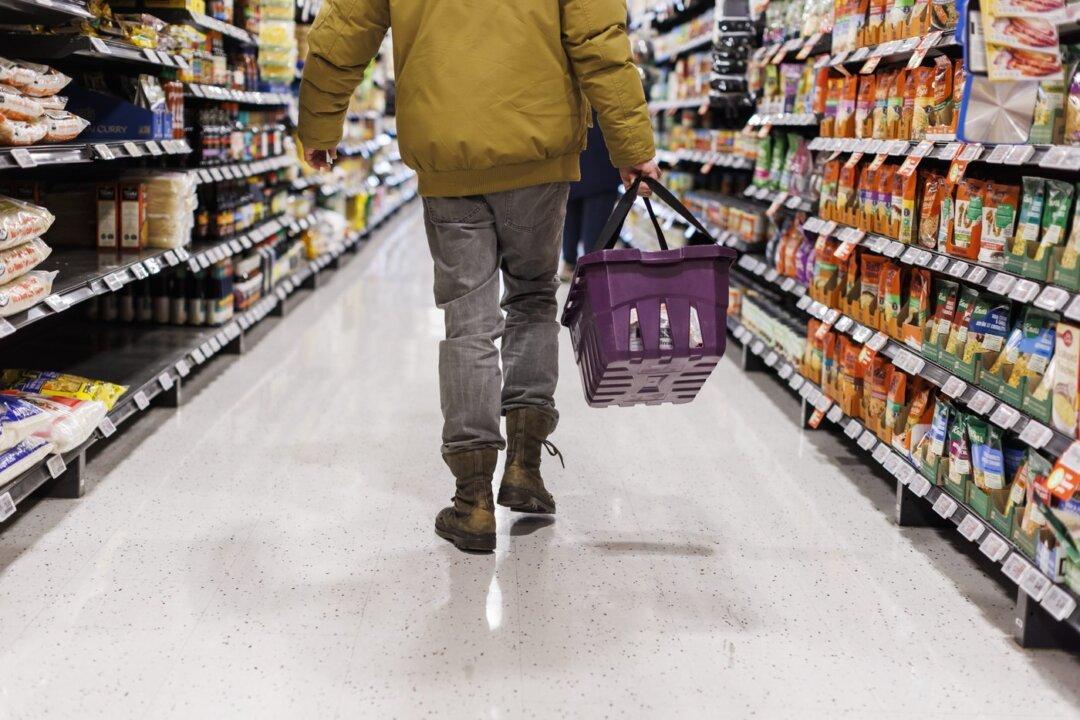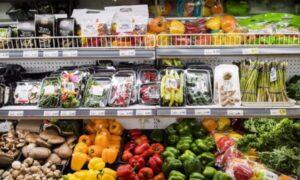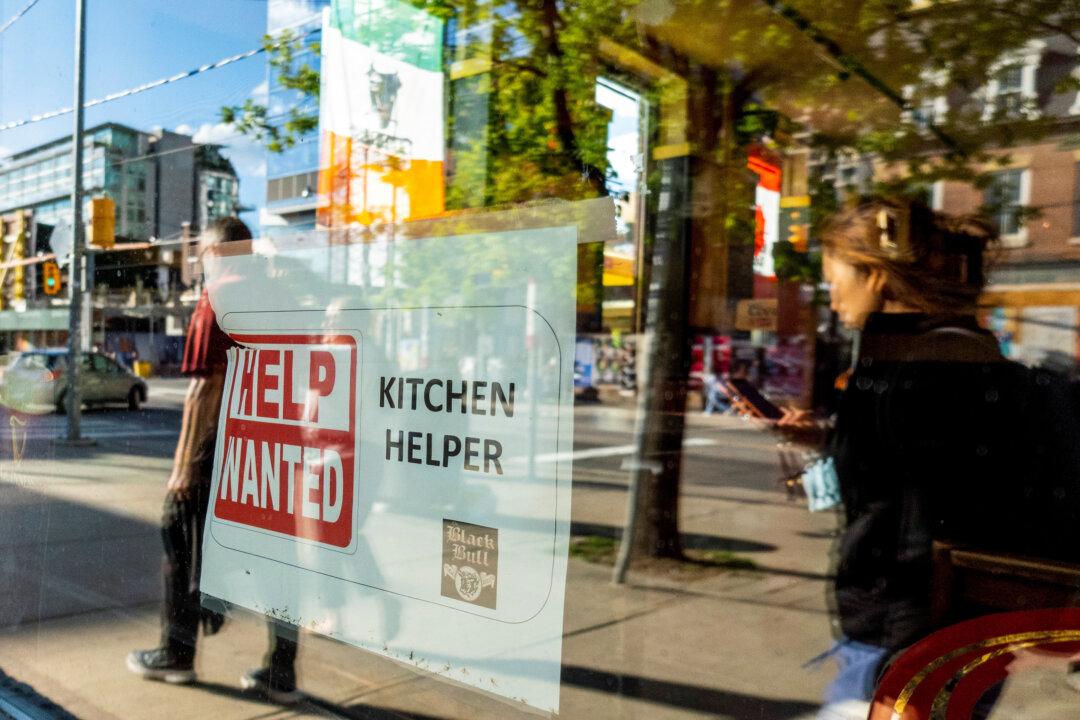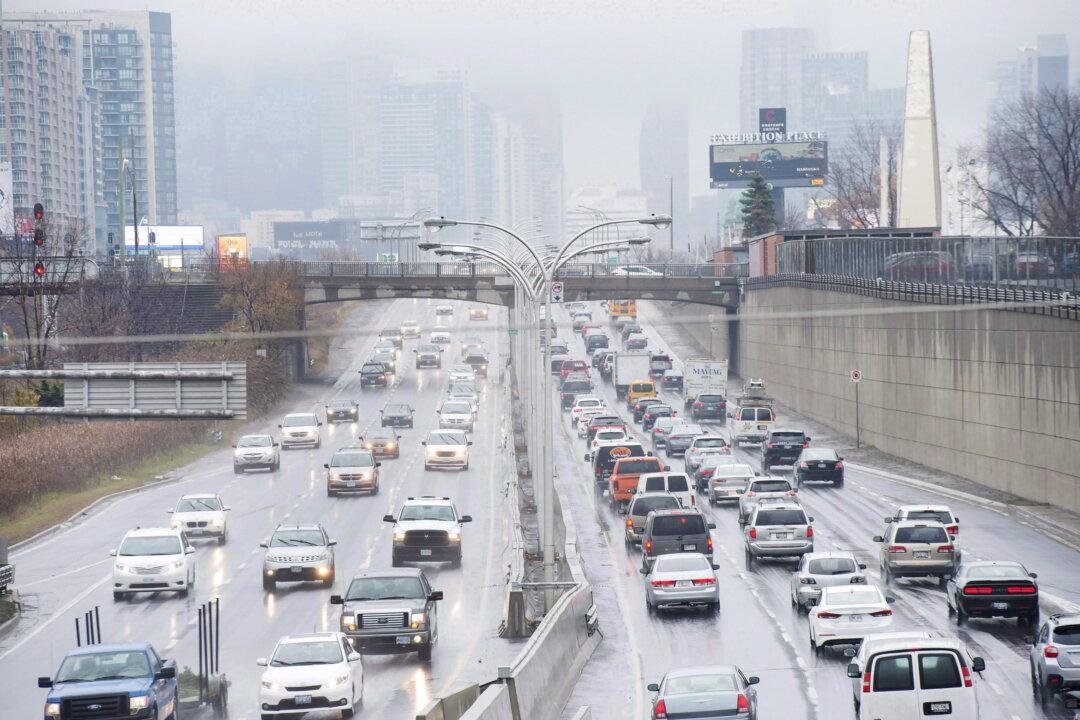A new campaign is launching in Canada this week that aims to help reduce food waste in the home and save consumers money on groceries they may be throwing out unnecessarily.
Known as “Look-Smell-Taste,” the labelling campaign kicked off in Canada June 18 courtesy of the app Too Good To Go, which was founded in Denmark. The app is partnering with 15 Canadian manufacturers and retailers to place “Look-Smell-Taste” labels on grocery items with “best before” dates.
The Look-Smell-Taste label is a bid to remind consumers that a product could still be perfectly edible despite being past its best before date, Too Good To Go Canada director Andrea Li says.
“The label we’re introducing this week encourages consumers to use their senses,” Ms. Li said in an email to The Epoch Times. “We’ve worked with manufacturers to add the label to their products, using the guidelines outlined by Health Canada. More shelf-stable products typically have longer freshness if unopened.”

Cracker Barrel, Dr. Oetker, Epic Tofu, Sunny Fruit, and Terry’s Chocolate Orange are among the 15 food brands that have placed Too Good To Go’s Look-Smell-Taste label on their products.
Food systems expert Sylvain Charlebois, director of Dalhousie University’s Agri-Food Analytics Lab, described best before dates as the culprit for a large share of food waste in Canada.
Best Before Vs. Expired
Best before labels are placed on products to indicate how long properly stored unopened food will retain optimal freshness and taste, while expiration dates are only found on certain foods with strict nutritional specifications, the Too Good To Go website says.“No foods other than prescriptions or baby formula carry an expiration date,” Ms. Li said. “The date labels found on food in Canada are ‘best before’ dates, which often means ‘still good after’ but those foods do not expire, though they may lose their freshness after that date, which is why we encourage safe storage of the food and using your senses before consuming.”
As long as food has been stored correctly and still looks, smells, and tastes OK, it is safe to eat, she said, adding that most products are good months past their best before date.
“Every product is different, which is why we are adding labels to product varieties from pressed juices, to frozen pizza, to dairy items,” she said. “The practice we’re hoping to instil by adding this label is to continue to look at the date, but also look at the sensory factors that will lead to lessening waste.”
Canada’s food is among the safest in the world, Dr. Charlebois said, noting that Canada is the top-ranking country in the world for quality and safety according to the Global Food Security Index.
He said advanced packaging technologies and monitoring systems reduce the risk of contamination, spoilage, and food-borne illnesses, improving overall food safety throughout the country’s supply chain.
Of this, 32 percent—11.2 million tonnes—is edible, adding up to $49.46 billion in wasted food that could have been redirected to support people in need, the charity said.
Dr. Charlebois called the level of waste “astonishing.”
“We need ongoing education and awareness,” he said. “While the ‘if in doubt, throw it out’ rule remains a benchmark, this new campaign could help save many unopened food packages that would otherwise end up in the compost, costing money.”
The app has expanded to 18 countries in Europe and North America since its 2016 launch.







